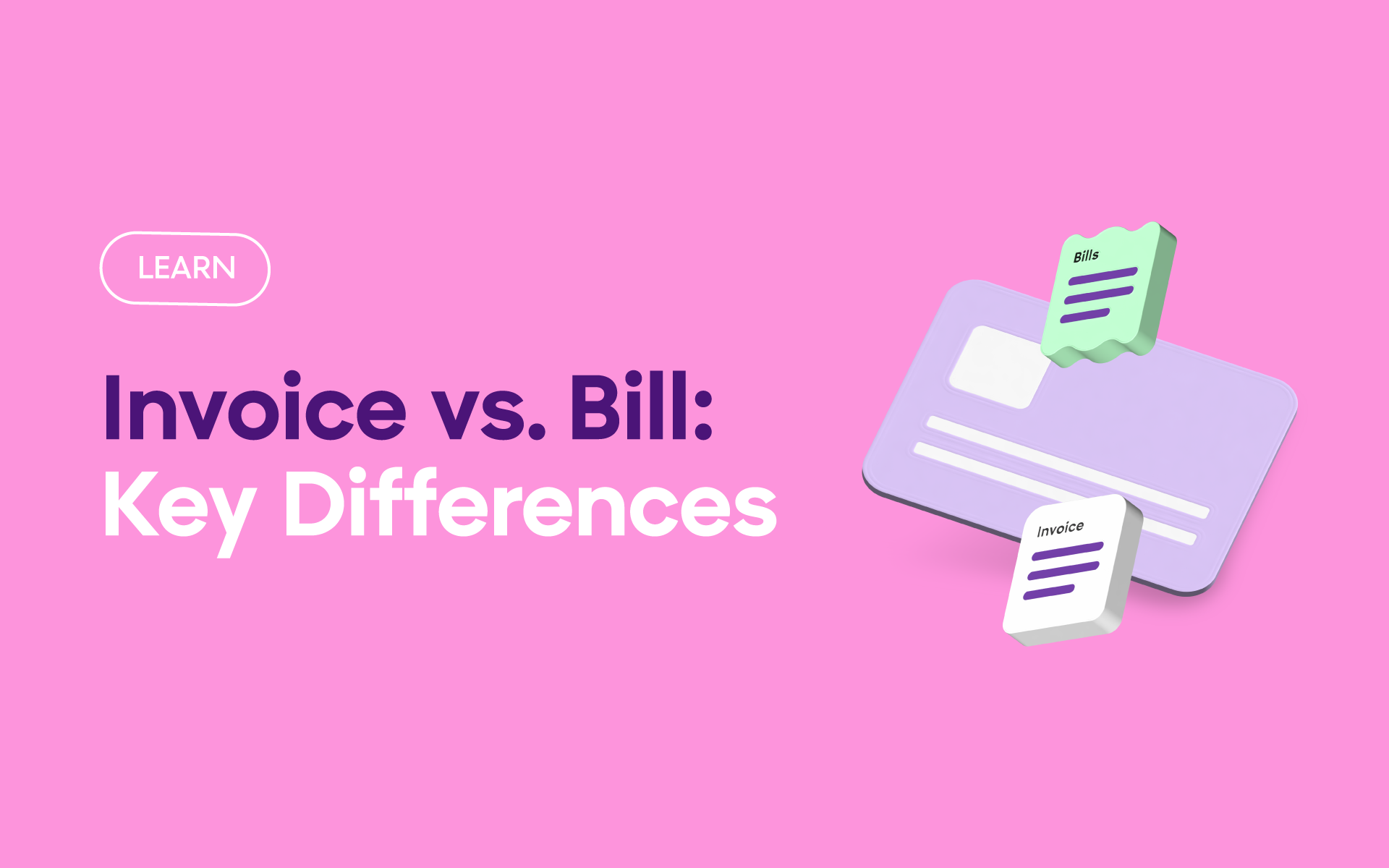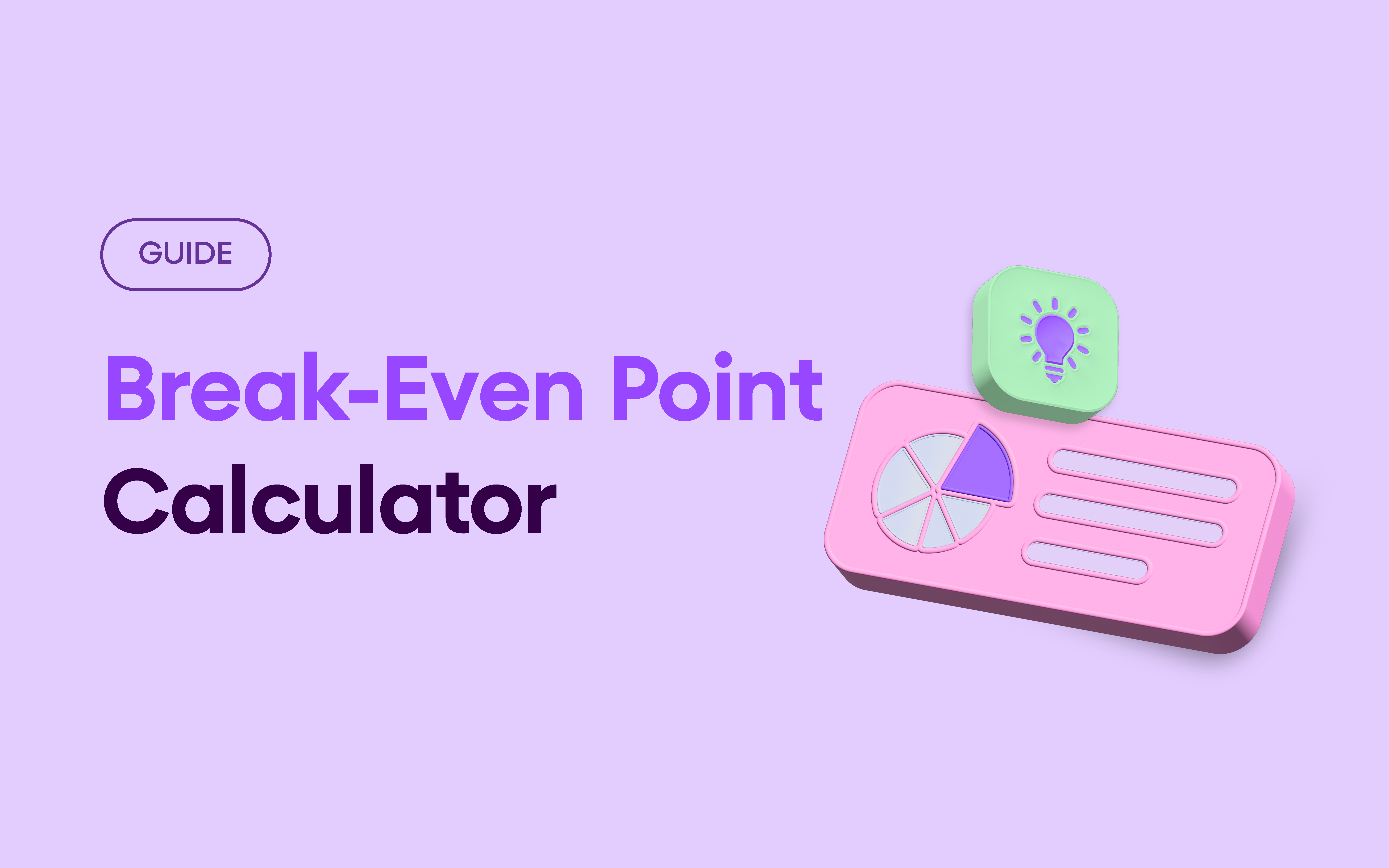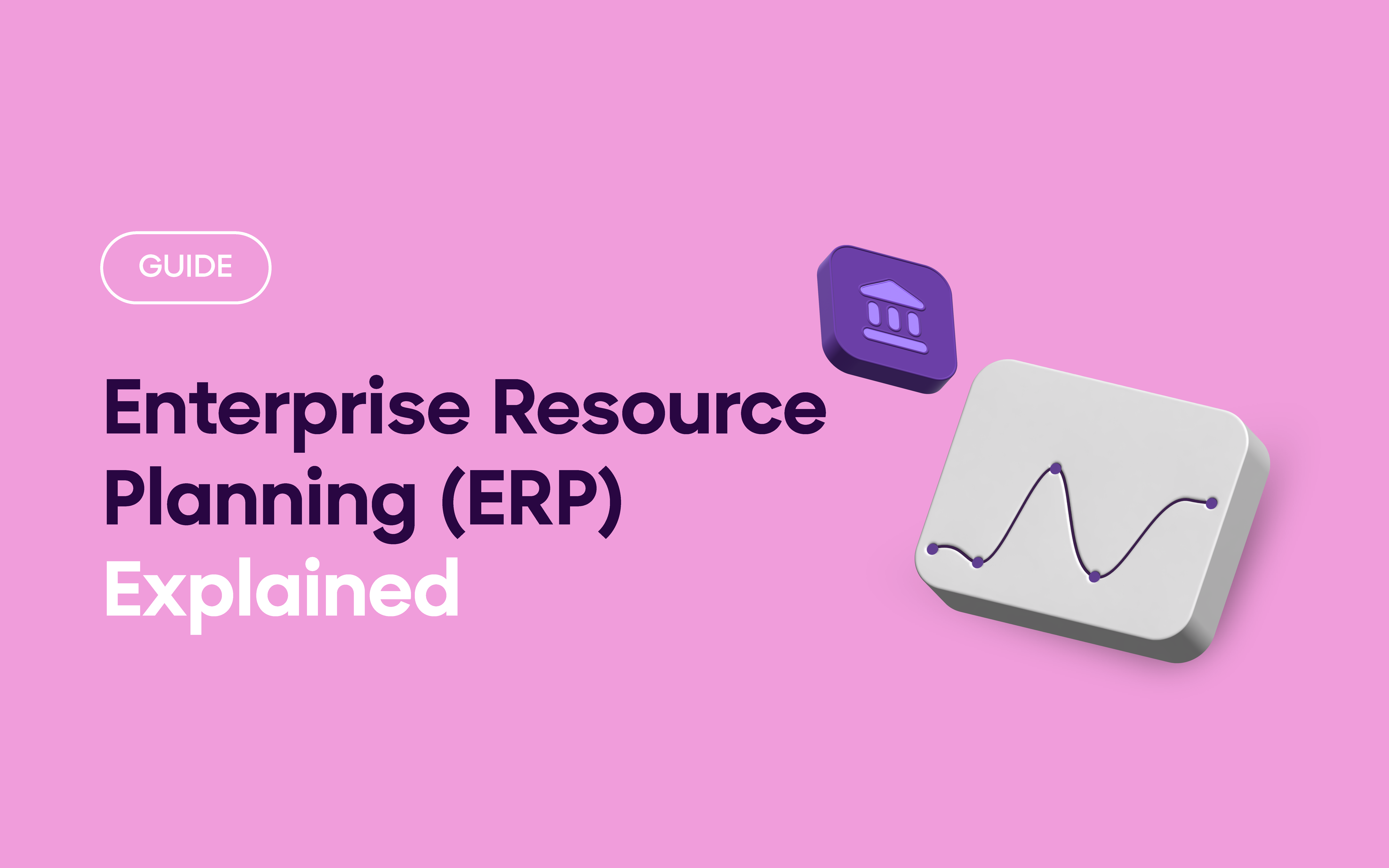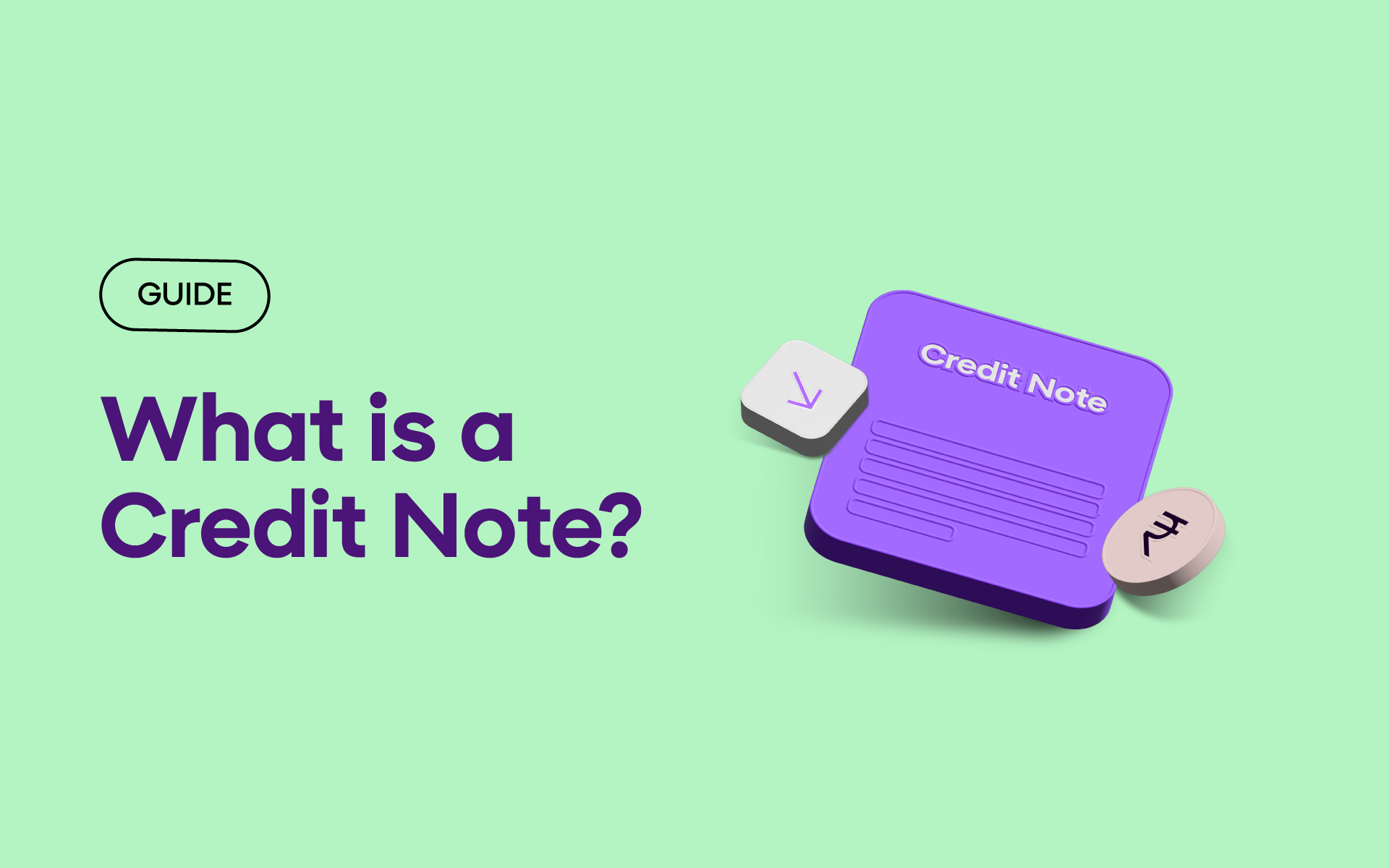Running a business means dealing with lots of paperwork, especially when it comes to money. Two common documents that often confuse people are invoices and bills. While many use these terms interchangeably, they serve different purposes. Understanding the distinction between them—essentially the concept of invoice vs. bill—is crucial for managing your business finances effectively. Let’s break down what makes each unique and why knowing the difference matters for your business.
What is an Invoice?
An invoice is a commercial document issued by a seller to a buyer, documenting a transaction and requesting payment. Think of it as a formal request for payment that includes detailed information about the products or services provided.
Key components of a professional invoice include:
- A unique invoice number
- Your business details and contact information
- Client’s information
- An itemized list of products or services
- Payment terms and due date
- Total amount due, including any taxes or discounts
For instance, when a clothing supplier delivers shirts to a retail store, they send an invoice listing the number of shirts, price per piece, and total amount due. This helps both parties keep track of the transaction and makes tax filing easier.
Types of Invoices
Understanding different invoice types helps businesses choose the right format for specific situations. Let’s explore the most common types used in business transactions:
- Standard invoice: A standard invoice is the most common type used in business transactions, detailing the goods or services provided along with complete payment terms.
- Proforma invoice: A pro forma invoice is a preliminary invoice sent before providing goods or services. It shows the expected costs and helps with customs in international trade.
- Interim invoice: Interim invoices split large project payments into smaller installments, ensuring steady cash flow for long-term projects.
- Recurring invoices: They are automatically created at set intervals for subscription-based services and products.
- Credit invoice: A credit invoice is issued when you need to provide a refund or credit to your customer, whether due to returns, billing errors, or post-sale discounts.
- Debit invoice: Similar to a credit invoice but working in reverse, a debit invoice is used when additional charges need to be added to an initial invoice amount, helping maintain clear documentation of supplementary charges.
- Final invoice: Marking the conclusion of a project or business arrangement, a final invoice includes all outstanding charges and often summarizes previous interim invoices if they were used during the project.
- Tax invoice: A tax invoice is issued to charge and record taxes. It includes the supplier’s tax registration number, the buyer’s tax details (if applicable), and the tax amount.
What is a Bill?
A bill, on the other hand, is a more immediate request for payment, usually presented when payment is due immediately or shortly after receiving goods or services. It’s generally simpler in format and more commonly used in consumer transactions.
Essential elements of a bill include:
- Total amount due
- Service or product description
- Due date
- Payment methods accepted
- Vendor’s contact information
Bills are commonly used in retail settings, restaurants, and utility services where immediate or regular periodic payments are expected.
Types of Bills
- Utility bills: Monthly statements that track your household essentials – electricity, water, and gas. These bills include your usage details and payment deadlines to keep your services running smoothly.
- Medical bills: These document your healthcare services and treatments, along with insurance adjustments. You’ll find clear details about what you owe and various ways to pay, making it easier to manage your healthcare costs.
- Rent/Mortgage bills: These keep track of your regular housing payments, including any extra charges like maintenance fees and property taxes. Paying on time ensures you maintain your living situation without any issues.
- Service bills: When you need repairs, maintenance, or other professional work, these bills show exactly what was done and how much you need to pay. They typically require prompt payment after the service is complete.
- Credit card bills: Each month, you’ll receive a statement showing what you’ve bought, any interest charges, and how much you need to pay. Staying on top of these helps maintain a good credit score.
- Tax bills: These come from the government for various tax obligations throughout the year. They include clear deadlines and payment instructions to help you avoid any penalties.
- Membership bills: These bills cover your regular membership fees. They’re flexible with payment timing while keeping your memberships active.
Invoice vs. Bill – Key Differences
Let’s look at the main differences between these two documents:
|
Aspect |
Bills |
Invoices |
| Timing of Payment | Immediate payment required | Set payment period (15, 30, or 60 days) |
| Who Issues It | Used in both business and consumer transactions | Generally issued by businesses to other businesses |
| Purpose | Straightforward payment demands used for immediate settlements | Formal payment requests used for tracking business transactions |
| Format | Simpler, focusing on the amount | Detailed, professional structure with payment terms and itemized details |
The proper use of bills and invoices plays a vital role in business operations. While bills require immediate payment, invoices offer extended payment terms with greater formality. OPEN’s innovative invoice management solution streamlines this process through automated processing and online management, making handling your financial documents easier than ever.
Maintaining an organized system through such digital solutions enhances professionalism, simplifies financial tracking, and contributes to overall business efficiency. Taking time to review and improve your documentation practices, especially with automated tools like OPEN, is a small but significant step toward better business management.
Frequently Asked Questions
1. What is the difference between a bill and an invoice?
While both request payment, an invoice is more formal and can give customers extended time to pay (usually 30-90 days). A bill typically requires immediate or very quick payment, like what you get at a restaurant or store.
2. When to use a bill and invoice?
Bills and invoices serve different timing needs in business. You should use bills when you need immediate payment, such as in retail stores, restaurants, or for services finished on the spot. They work best for direct, quick transactions. On the other hand, invoices are ideal for business-to-business deals and professional services where you’re comfortable giving clients more time to pay, typically 30 to 90 days. This flexibility helps maintain good business relationships while ensuring proper payment tracking.
3. Are invoices and bills the same?
No, they’re different payment documents. Though they both ask for payment, invoices include more detailed business information and payment terms, while bills are simpler and meant for quick payments. Think of invoices as formal payment requests and bills as immediate payment requirements.
4. What happens if a bill or invoice is not paid?
If payment is missed, businesses typically follow up with reminders and late payment notices. For invoices, late fees might apply after the due date. If payment remains unpaid, businesses may use collection agencies or take legal action as a last resort.





